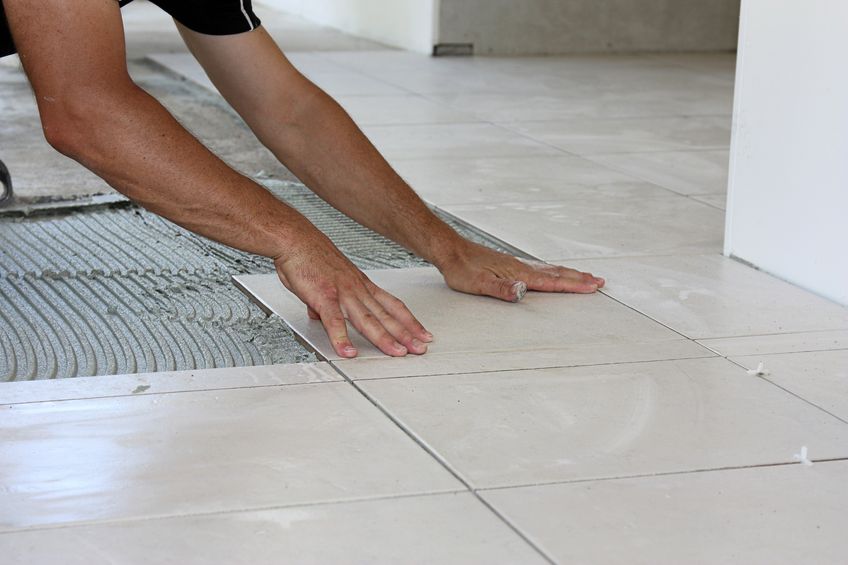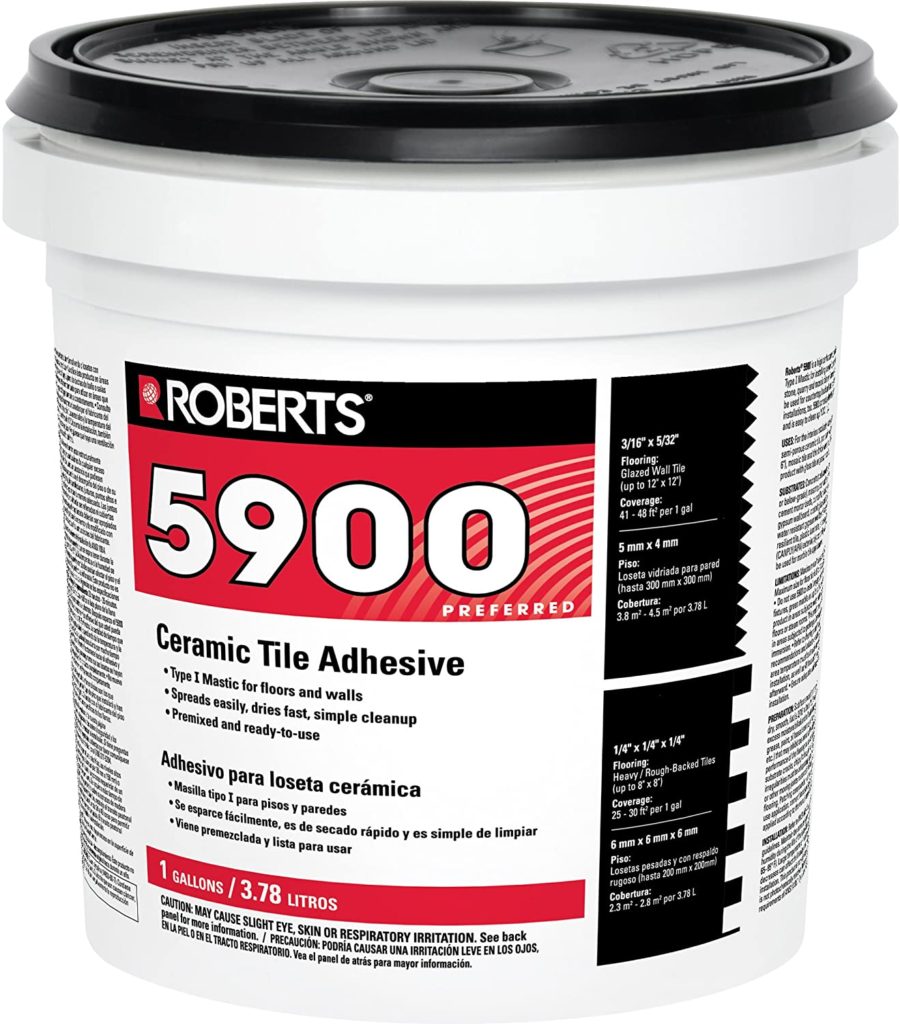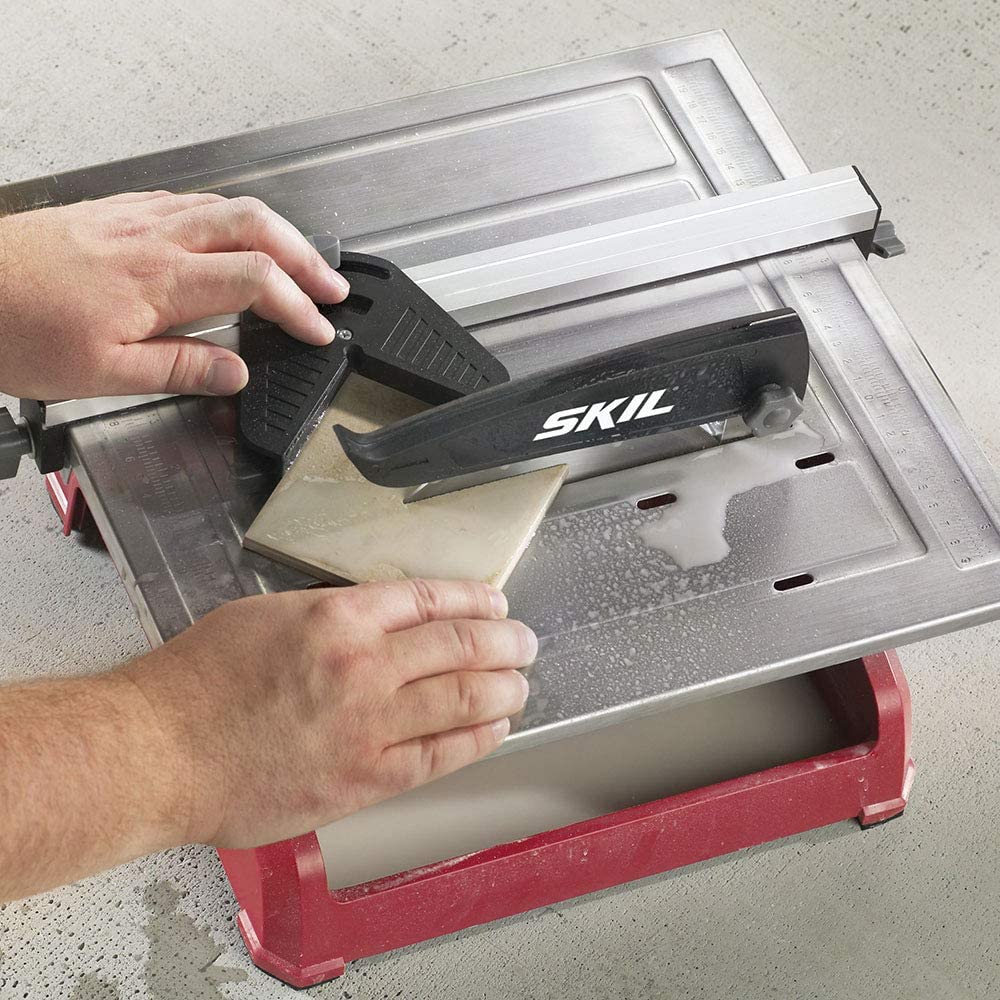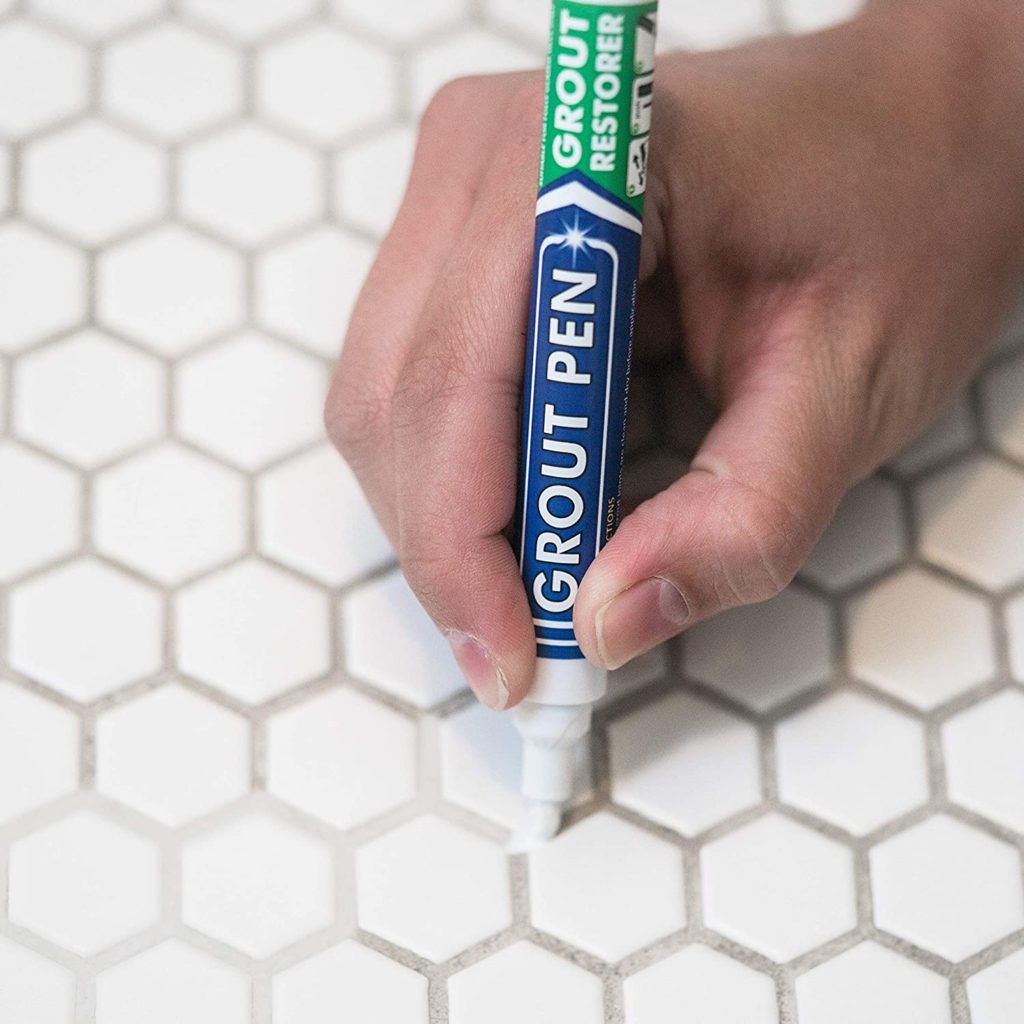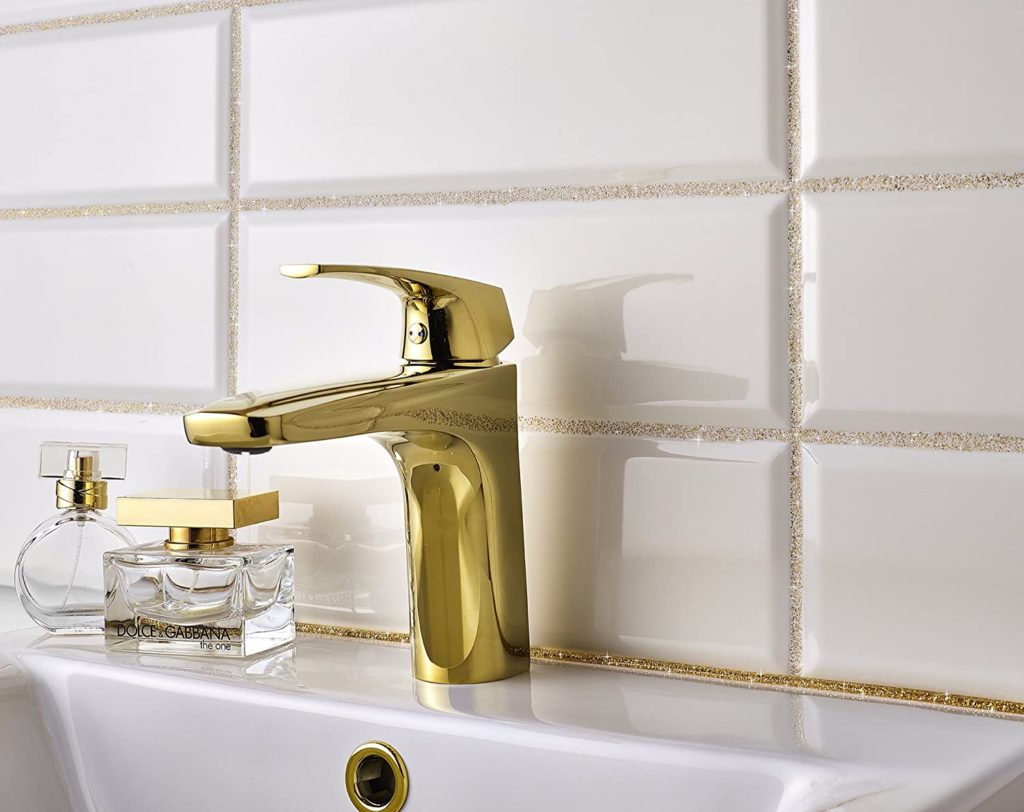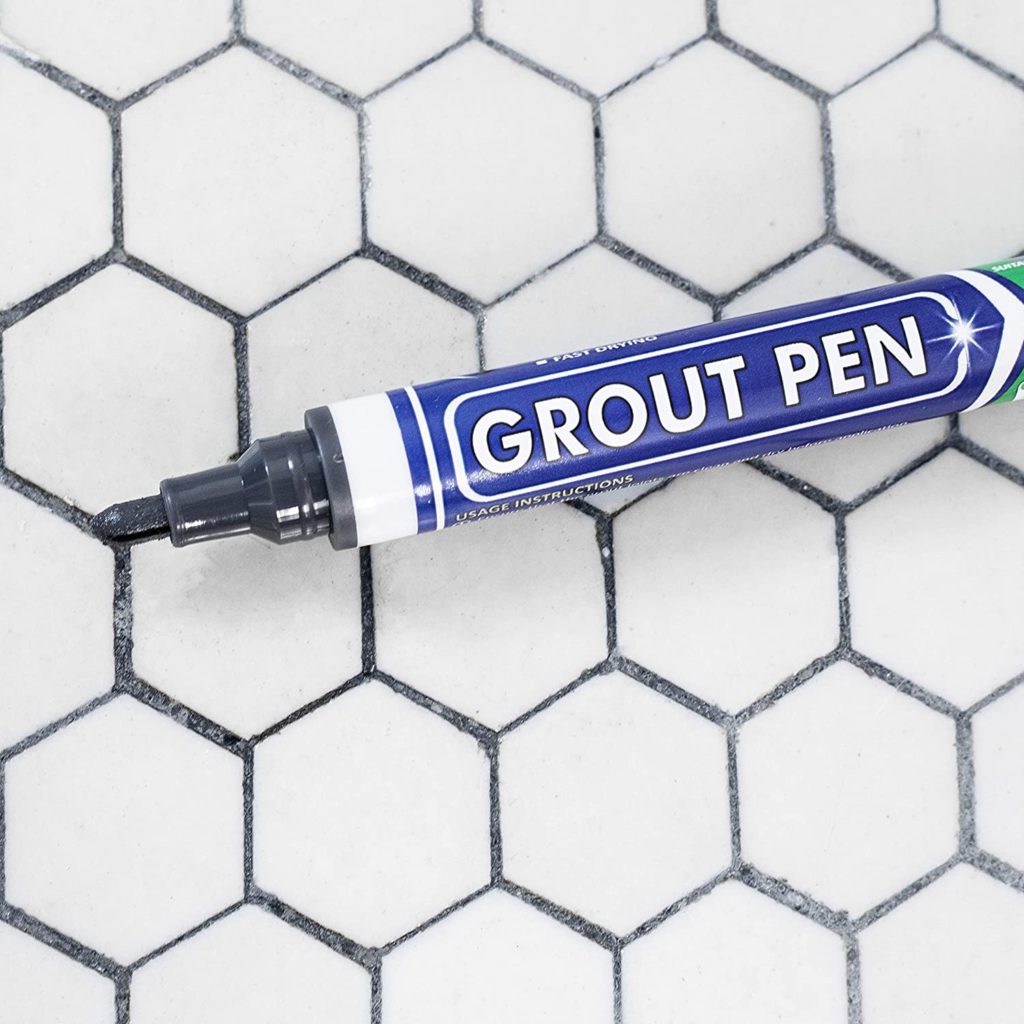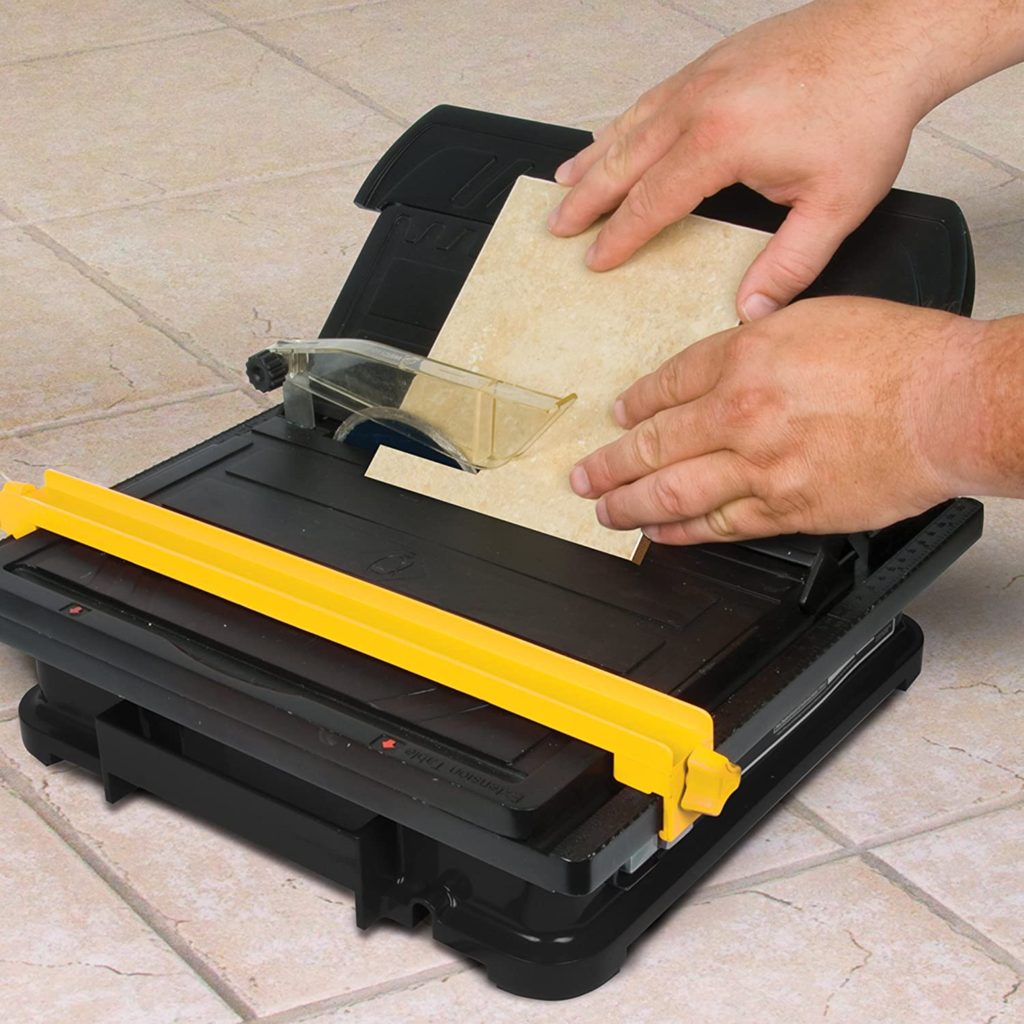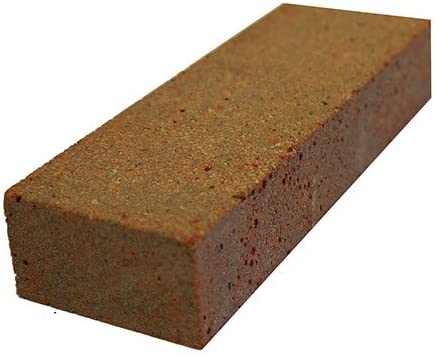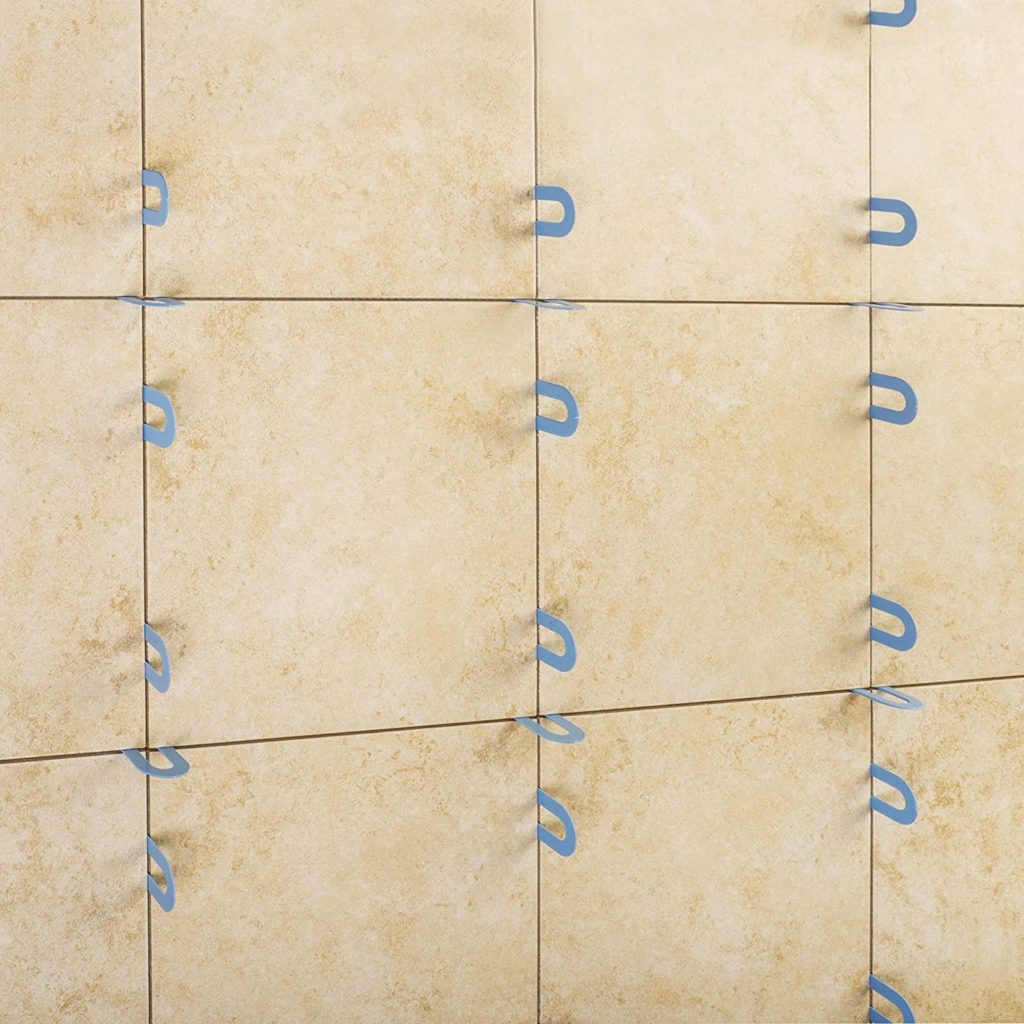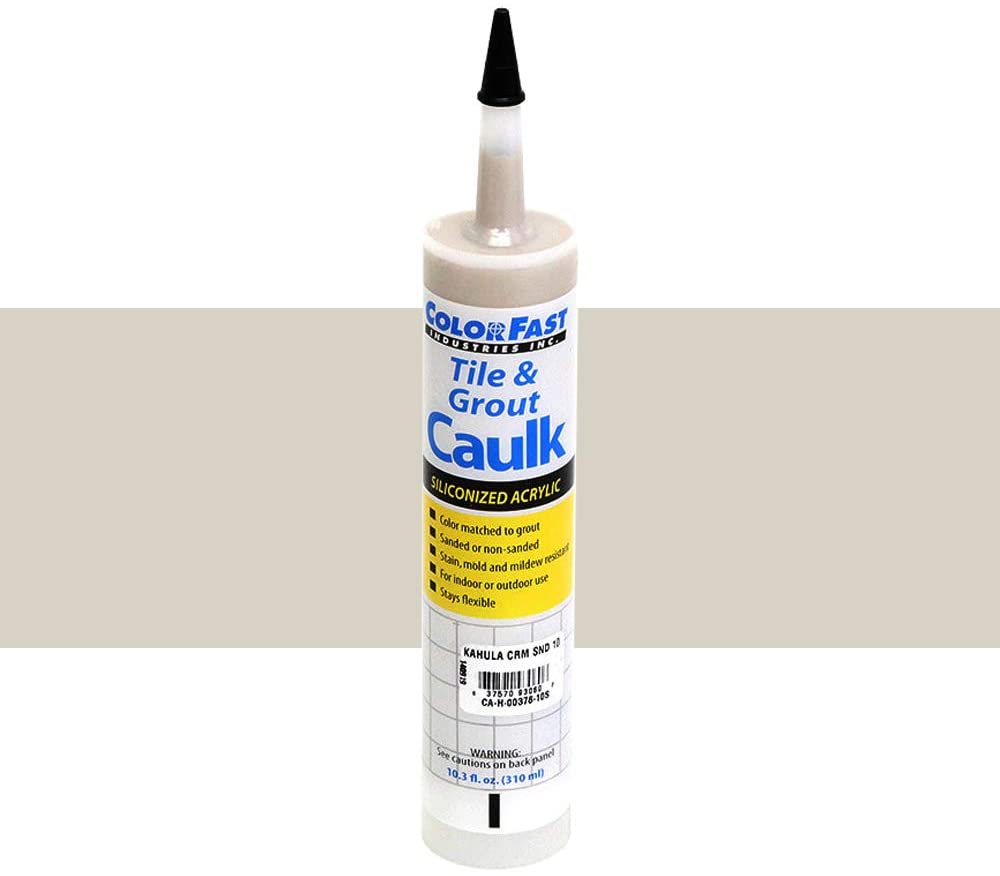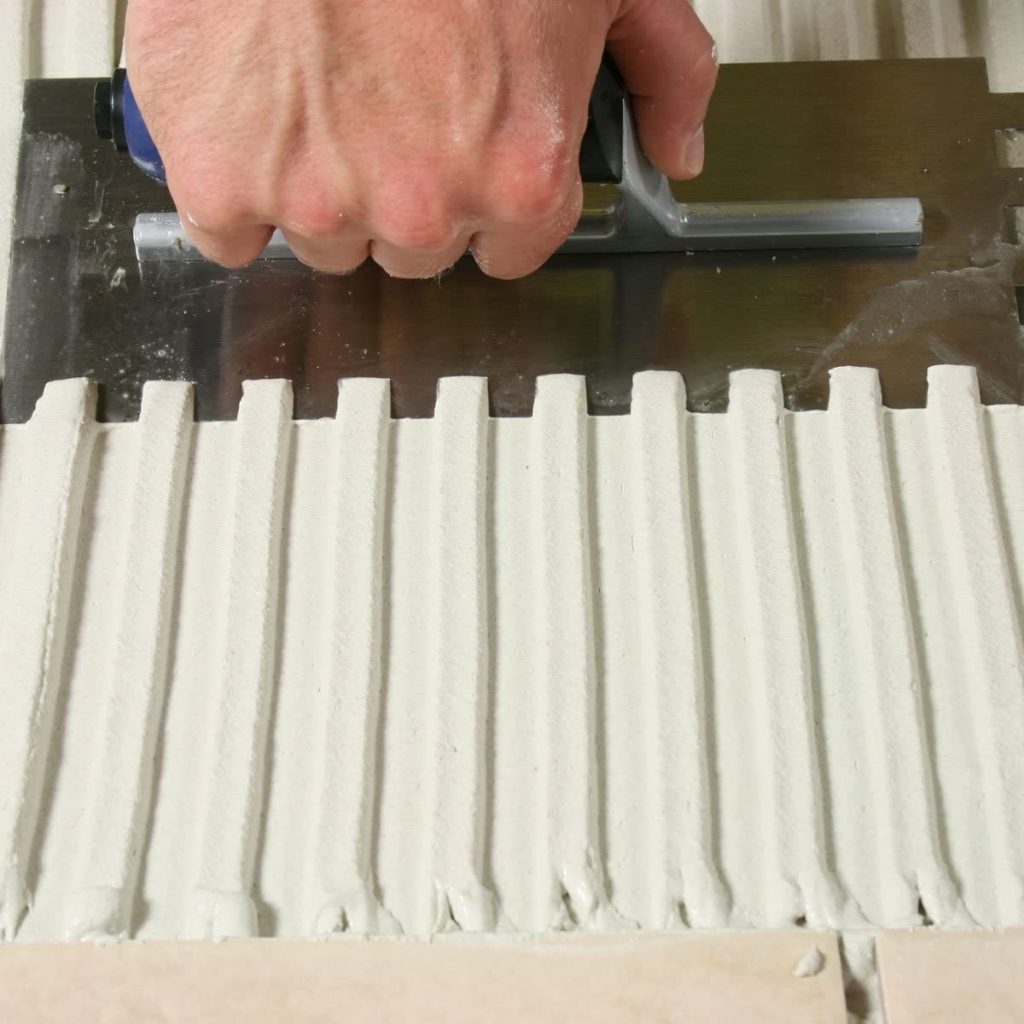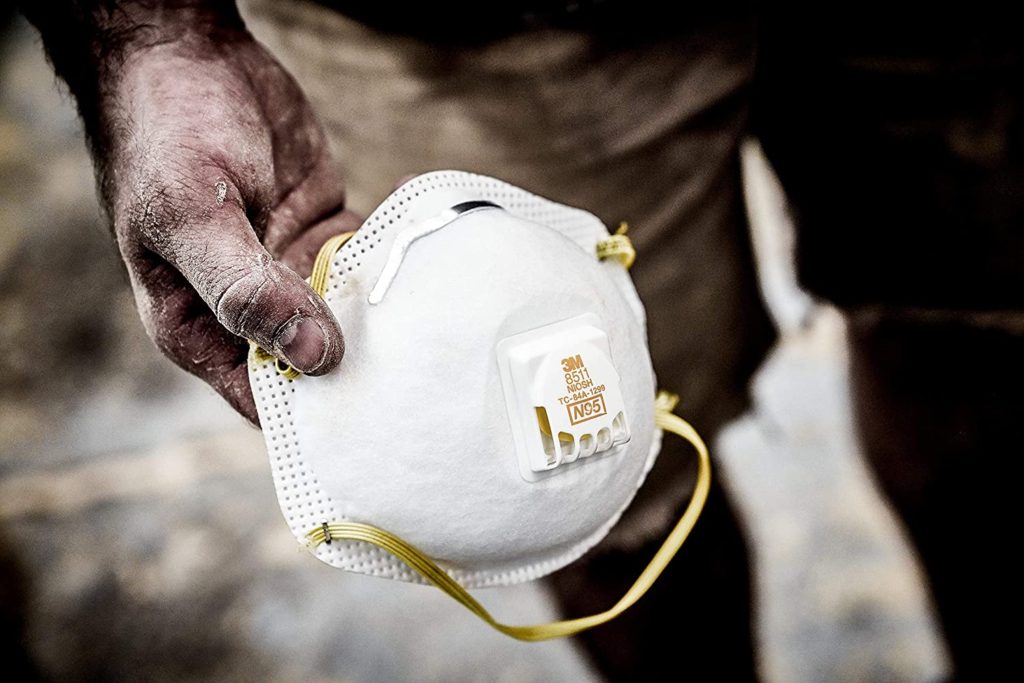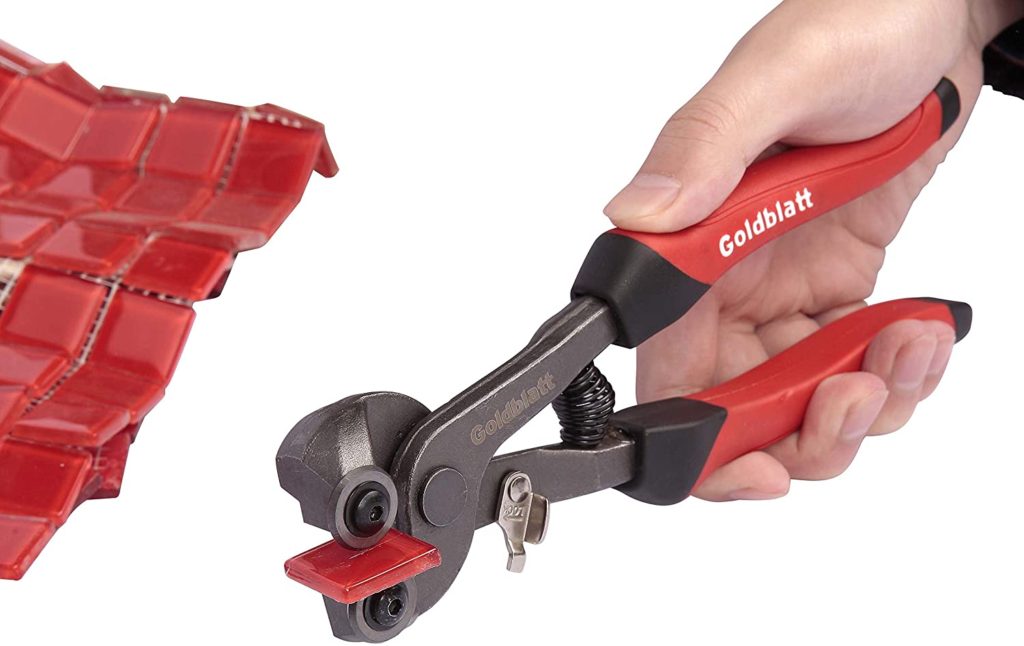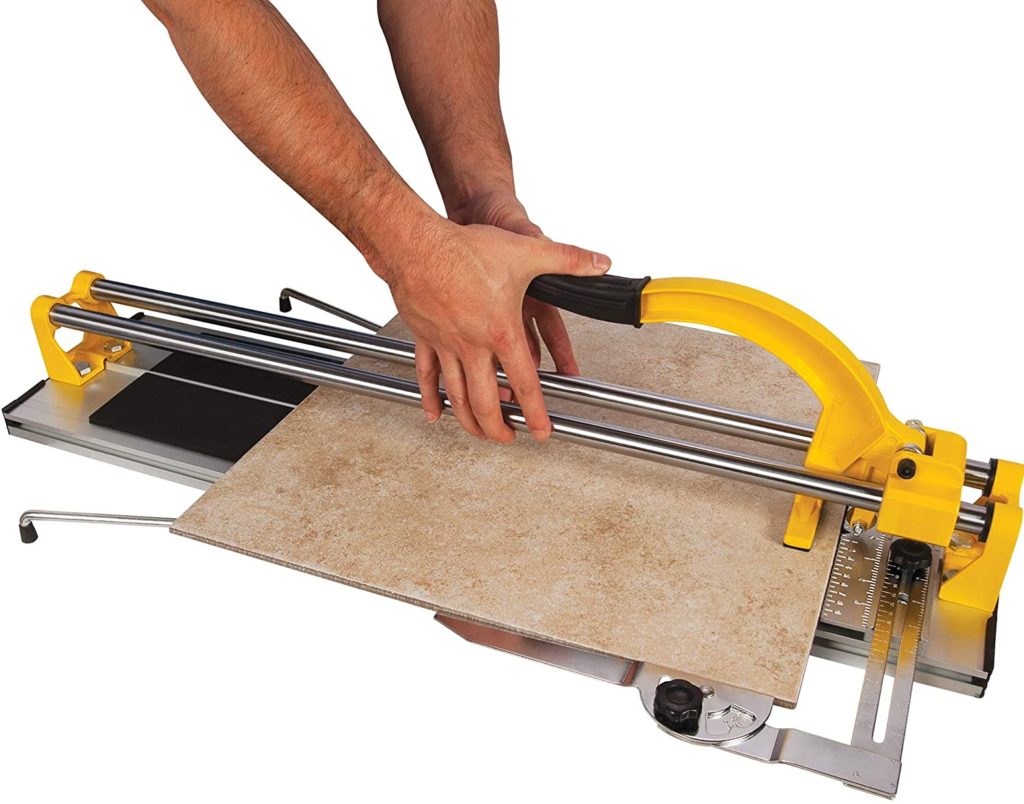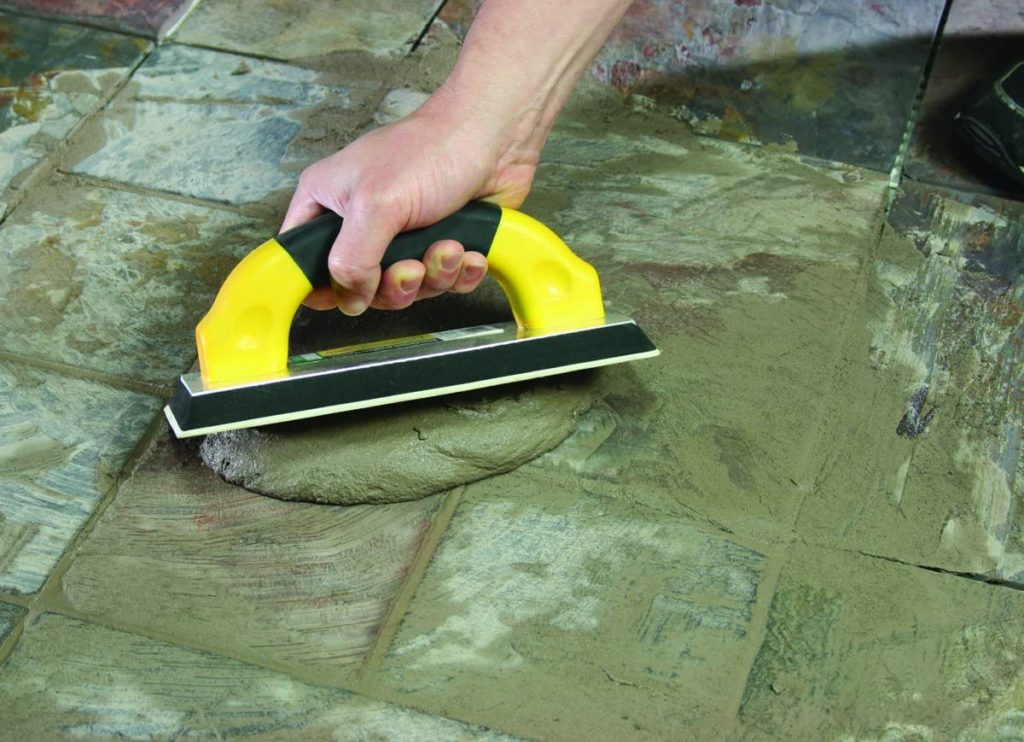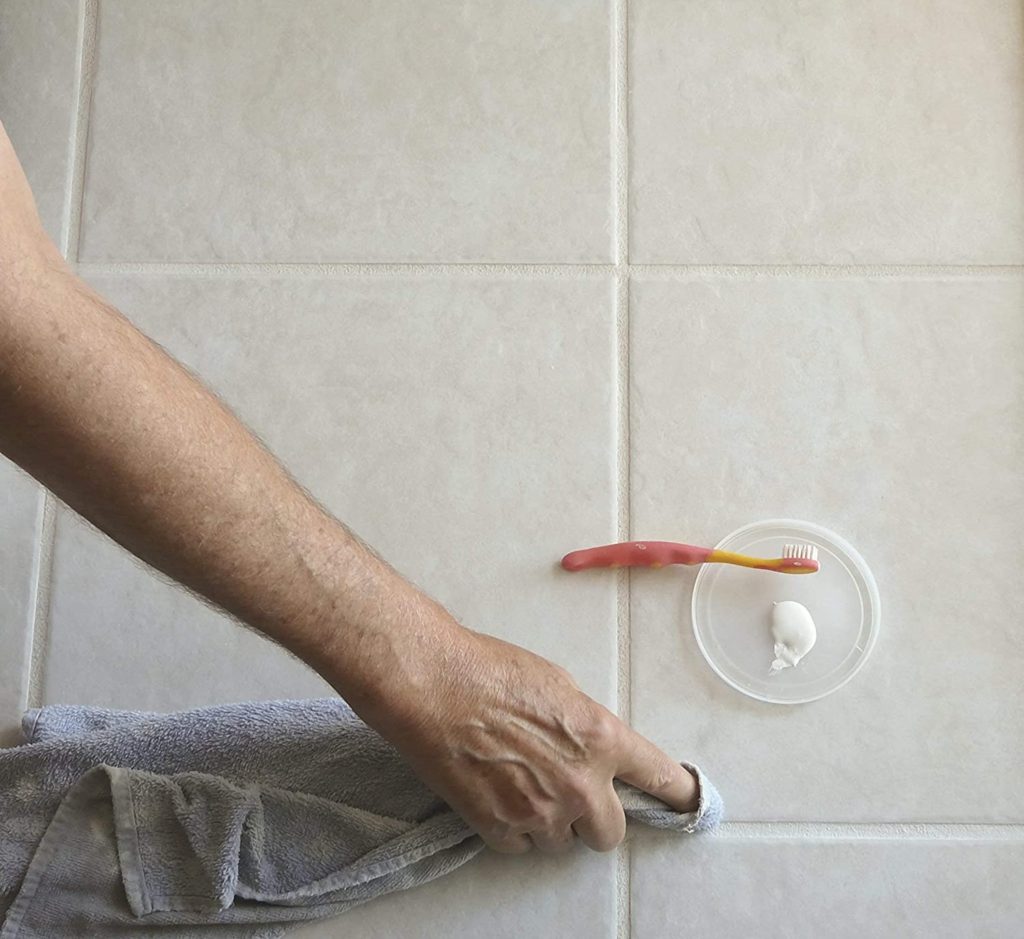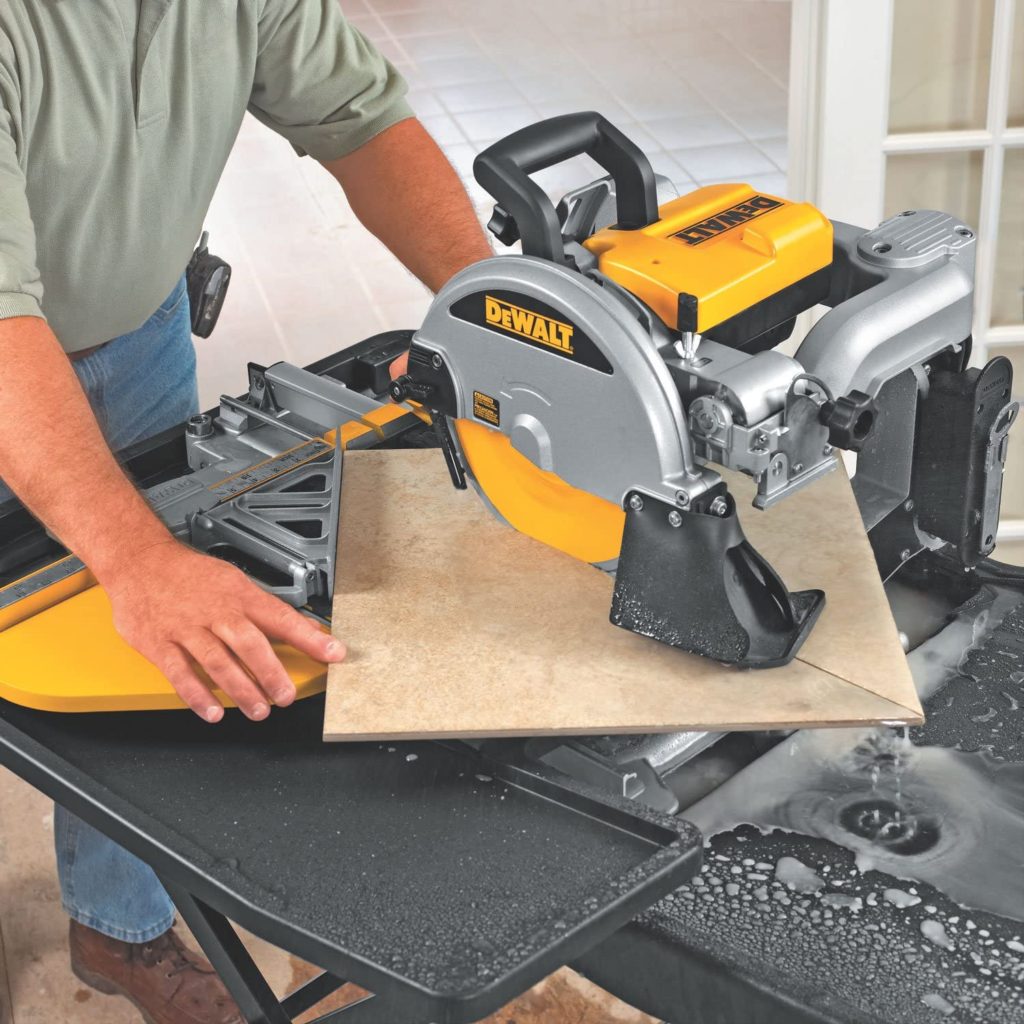When installing tile, you’ll need to use the appropriate tile adhesive. So here is your complete guide, with everything you’ll need to know in order to make sure you choose the right one and ensure your project is a success.
Tile Adhesive Basics
Tile adhesive is the substance used to hold the tiles to the setting bed. Typically there are two major types: organic mastic and thinset adhesive. Organic mastics are made with either latex or petroleum and are ready to use. Thinset adhesives are powdered and need to be mixed with liquid before they can be used. While organic mastic is much more convenient to use, thinset adhesives actually have a higher bond strength as well as weight-bearing strength.
Wall Tile Adhesive Vs. Floor Tile Adhesive
Wall Tile Adhesive: Organic mastics are usually the preferred choice when it comes to wall tile adhesive. This is because of the fact that they will actually start to hold the tile even before they cure. This means that there will be much less slippage involved making it the easier option which is very important because, unlike floor tiles, wall tiles are set vertically and tiles slipping downwards before they are set can be a problem.
Floor Tile Adhesive: Organic mastics are the most commonly used floor tile adhesive because of the fact that there is no mixing involved and are therefore more convenient. They are usually a little bit cheaper too. However, when it comes to floor tile adhesive thinset adhesives are actually superior and should be the preferred choice. The fact that they have a stronger bond and can handle more weight makes them perfectly suited for floor tiles which obviously will get much more wear than wall tiles.
Other Types Of Tile Adhesive
Flexible Tile Adhesive: A flexible tile adhesive is needed when installing tiles in a place that will receive slight movement or vibrations such as on top of wood floors due to temperature changes. This is extremely important because many types of adhesives can crack in this type of situation. The best flexible tile adhesive is by far a latex thinset.
Waterproof Tile Adhesive: This would be used when doing an installation in an area that will frequently be getting wet like in the main bathroom or a kitchen countertop. These will be a thinset but which type depends on the surface you are setting your tile on.
Heat-Resistant Tile Adhesive: This is what you will need when installing fireplace tiles. You need a heat-resistant adhesive because very high heat can easily damage a normal adhesive. Never use organic mastic where there will be high heat. You need a thinset that can handle at least 400 degrees Fahrenheit.
Choosing The Right Tile Adhesive
The 3 Questions you need to ask yourself in order to choose the best tile adhesive:
You always want to make the most durable installation you can and using these 3 questions will help you to do so:
1) How Much Use Will The Area Get?
You need to ask yourself if it will get heavy-duty use or light-duty use and purchase an adhesive that can handle how the tile will be used.
2) Will It Be Wet Or Dry?
This is an important question and answering it correctly will determine if you need a waterproof adhesive or not. The main bathroom would be considered a wet job whereas a kitchen floor would be a dry job.
3) What Is My setting Bed (Setting Surface) Material?
The material that you will adhere your tile to will also be important because some adhesives work better with some materials than others. Here are the best based on setting bed material:
Mortar: For both dry and wet installations the best choice would be a latex thinset adhesive and if that’s not available a water-mixed thinset could work be used.
Concrete Slab: For both dry and wet installations choose a latex thinset. Other options for dry installations are organic mastic or a water-mixed thinset.
Plywood: For both dry and wet installations an epoxy thinset or a latex thinset is specifically made for plywood.
Backer boards: For both dry and wet installations use a latex thinset or a water-mixed thinset. On only dry installations you could also use organic mastic.
Drywall: A latex thinset is the best choice but a water-mixed thinset or organic mastic could also be used.
On Top of Old Tiles: For both dry and wet installations use an epoxy thinset or a latex thinset.
How to Remove Tile Adhesive
Many times tile removal is the only option when a tile has cracked or broken or if there is water damage. After removing a few or all of the tiles it is extremely important to remove all remaining tile adhesive from the setting bed. If you do not, when you install your new tiles they will be higher than the rest of the tiles. However, this is a very easy task.
Just take a putty knife, margin trowel, or utility knife and simply scrape off all of the existing adhesive. When replacing tile adhesive remember to use the same exact adhesive that was used originally. Unfortunately, sometimes this isn’t possible, and if that is the case try to use the same type. So if organic mastic was used, use that. If a thinset was used, use a thinset.
Start Shopping for Tile Adhesive!
What To Use To Cut Tile
Buy on Amazon Most tile projects will require cutting of some type. There are a few different tools to help you get the job done quickly and easily. So if you’re wondering what to use to cut tile, here are your options. Tile Nippers One of the most basic tools for...
Grout Pen Basics For Guaranteed Success
Buy on Amazon Dirty and dingy grout lines are an unsightly problem. They take from the look of any space and can be downright embarrassing. But with the help of a handy little tool, anyone can make them look like new. A grout pen will give those lines a fresh and...
The Insider’s Guide To Glitter Grout
Buy on Amazon How can you bring your dull-looking grout to life and make it sparkle and glimmer with style? With glitter grout of course! Here’s what you need to know about this wildly popular new option that’s taking walls and floors by storm. Standard Grout Has A...
Add Extra Color To Your Tile Installation With These DIY Tools
Buy on Amazon There are quite a few different ways to add that extra touch of color to your tile project. This could be to make an old installation look new or make sure a new installation looks fantastic from the start. Here are the top tools you can use to get the...
Getting Started With Tile Cutting Tools
Buy on Amazon When working with tile you will often need to make cuts. There are a few different tools you can use depending on what you are doing. Here’s what you need to know about the three most useful choices. Tile Nippers Sometimes you may need to take small...
Stay Safe And Keep Tile Smooth With A Rubbing Stone
Buy on Amazon A tile that has just been cut can have razor-sharp edges. These edges can produce some very painful injuries if not handled with care, and even when they are, accidents can happen. You can help to avoid injury by using a simple tool known as a rubbing...
The Essentials Of Tile Spacers
Buy on Amazon In the past rope, nails, screws, and even sticks were used to keep tiles equidistant from each other during installation. Luckily by the nineteen fifties the need for much more reliable and convenient spacers for tiles helped to bring about the creation...
Caulk For Tile Projects
Buy on Amazon In the main body of a tile installation grout is used in-between the tiles. However different materials naturally expand, contract, and move. These processes can cause tile grout to crack or even cracked tile if the grout is used where two different...
Tile Trowels To Get The Job Done Right
Buy on Amazon Trowels are a necessity for completing all tiling projects. But of course, you will have to make sure you have the right one for the job at hand to make sure it is a success. So here’s what you need to know about tile trowels before getting started....
Your Basic Tile Safety Kit
Buy on Amazon When working on any kind of home improvement project safety should always be taken seriously and with tile, it is no different. This should be the case regardless of how big or small the job. In fact, more often than not, it is when completing smaller...
Tile Nippers A Must Have Tool For Every Project
Buy on Amazon Every tile setting kit needs a pair of nippers. These basic hand tools are a necessity since virtually every project will need at least a few simple curved cuts. When you need to accommodate things like toilet flanges, faucet valves, doorcases or any...
A Tile Cutter Makes Cutting A Snap
Buy on Amazon Just about all tile installations will require cutting. However, you don’t necessarily need to purchase a tile saw if you will be completing the project yourself. For jobs that won’t demand an extremely large quantity of cuts or very heavy tile, a tile...
Tile Grout: The All-In-One Guide On How To Grout Tile and Clean Tile Grout
Buy on Amazon The spaces in-between tiles need to be protected so that moisture does not get into the backing of the tiles causing damage and ultimately the tiles having to be replaced. This could mean just a few tiles being removed or with a lot of damage all of...
Bring New Life To Your Tile Grout With Grout Colorant
Buy on Amazon As your tile floor, wall, or countertop ages it’s inevitable that at some point its grout will become stained or discolored to the point that no amount of scrubbing or cleaning will help. Light or white-colored grout is particularly vulnerable and this...
The Tile Saw: A Quick Start Guide!
Buy on Amazon Just about every tiling job requires cutting tile. What you will be cutting, how much, and in what manner will determine the tool you use to cut with. Most of the time the easiest and most efficient option is a tile saw. While they may look similar to...
